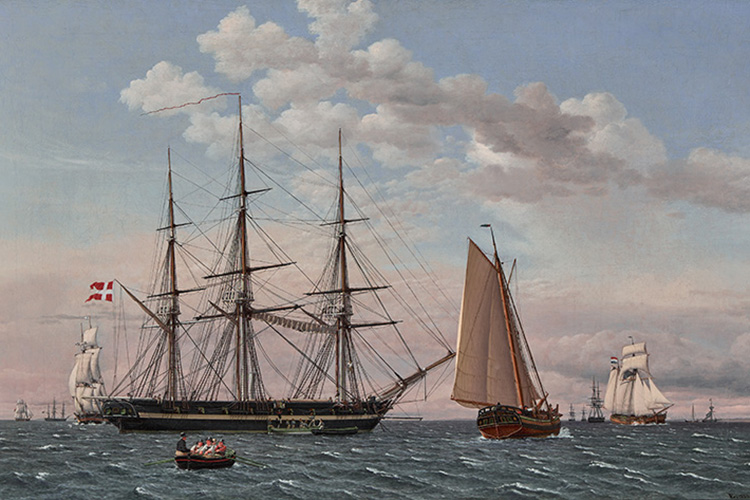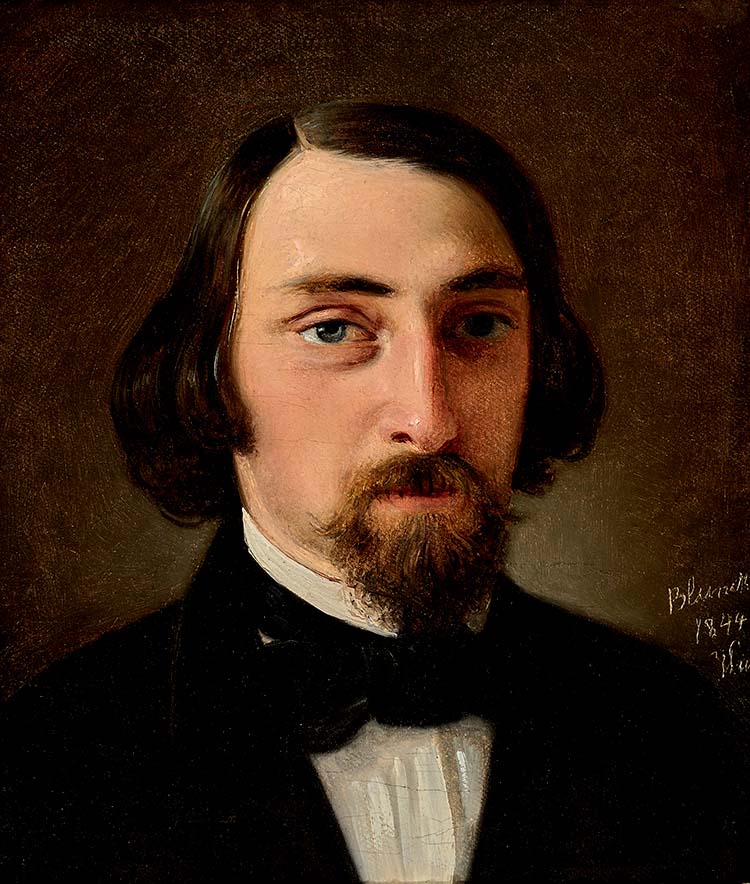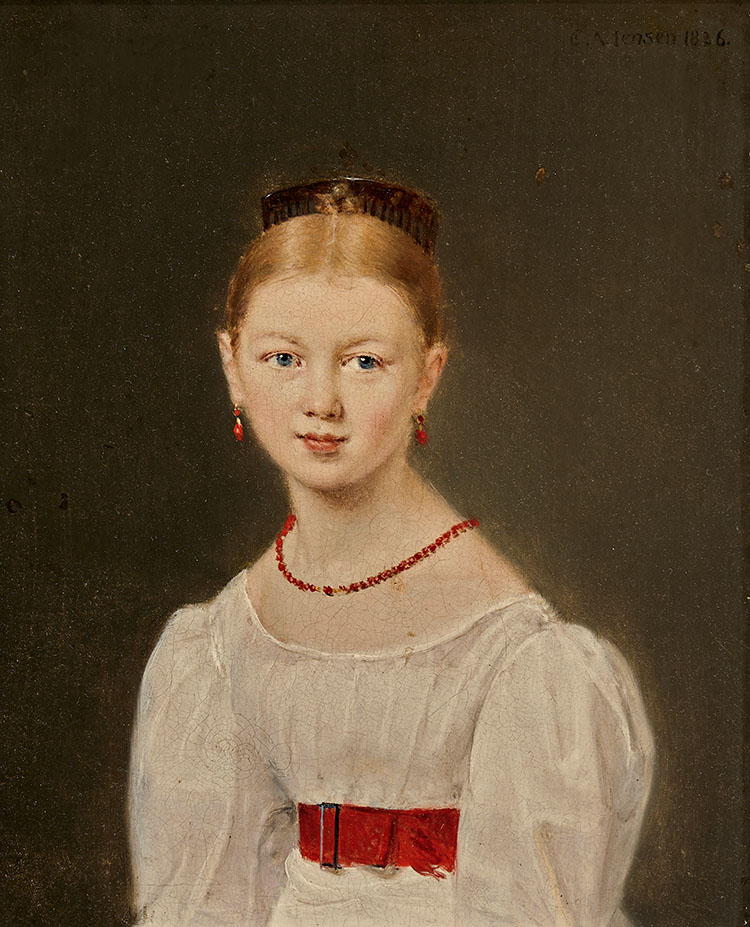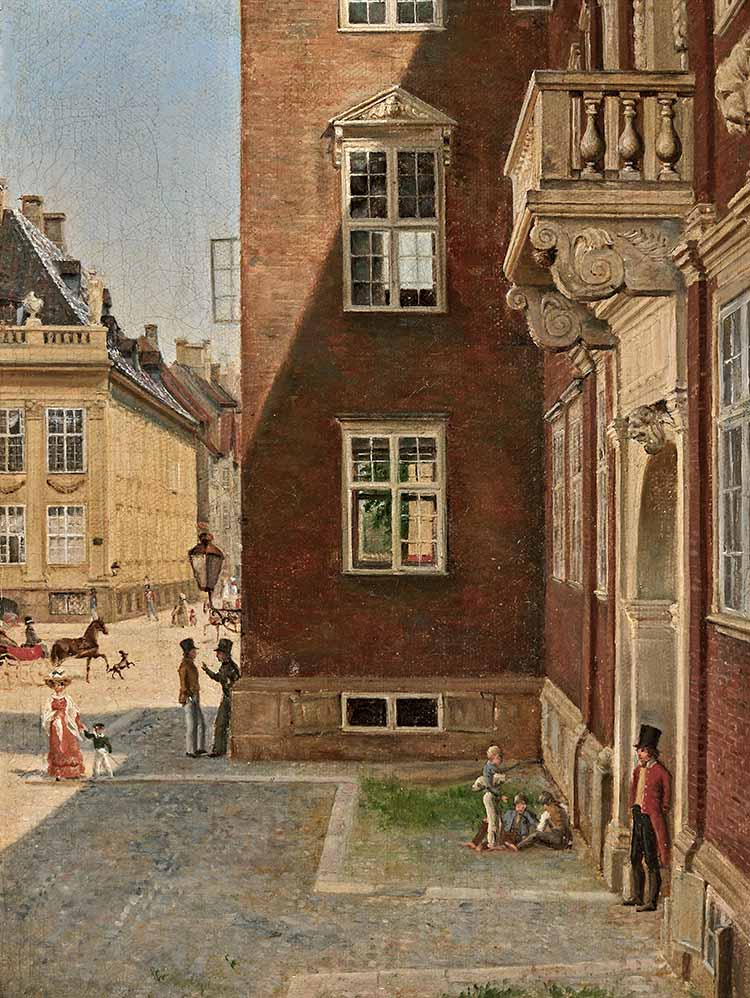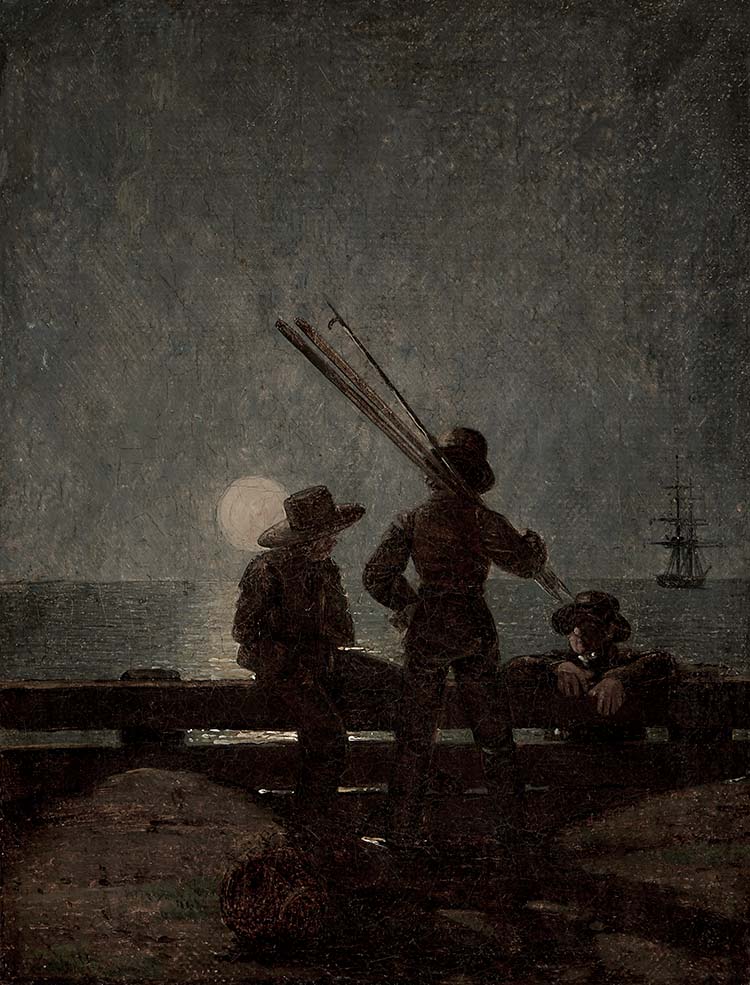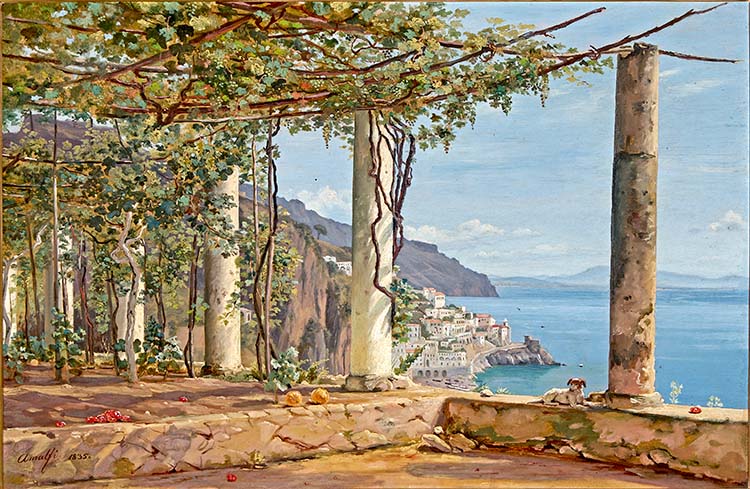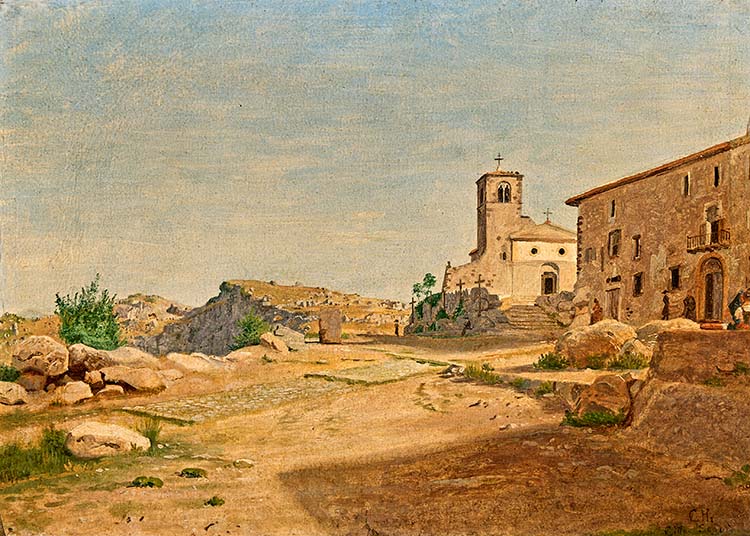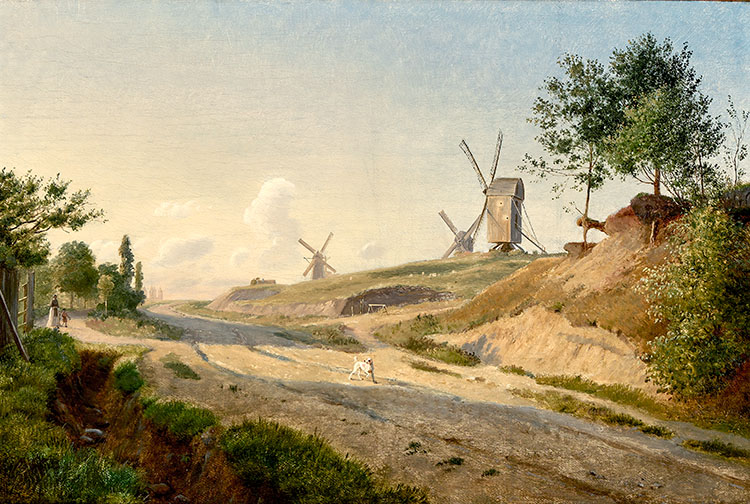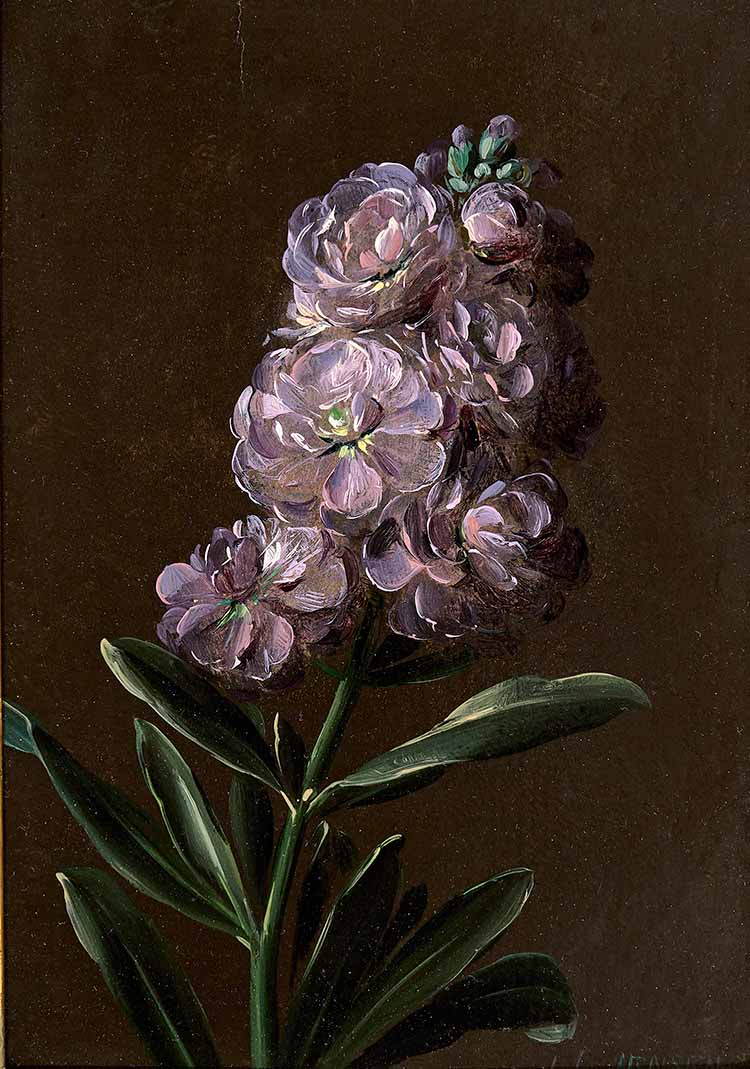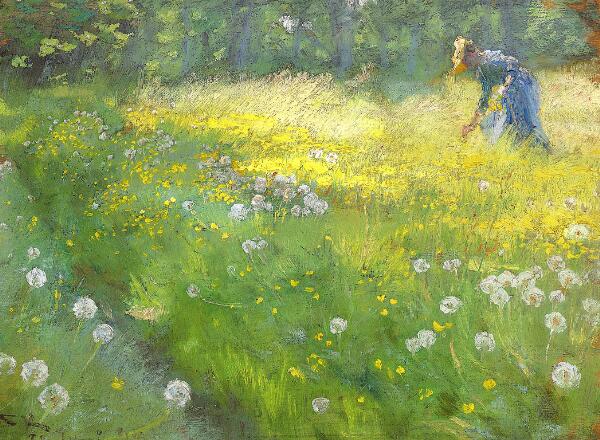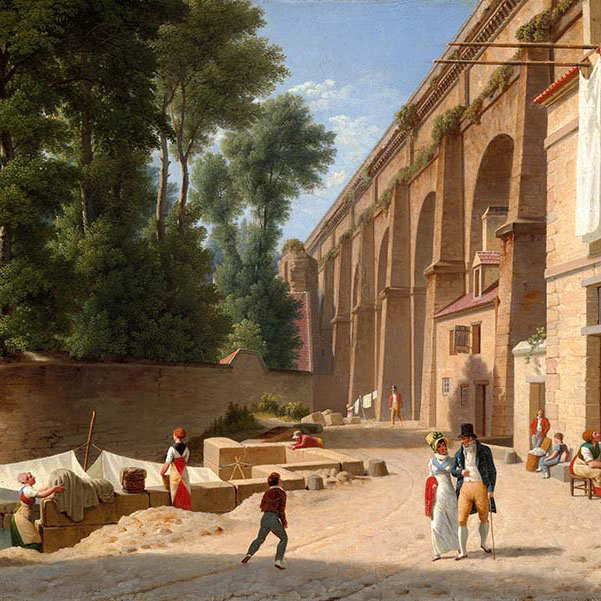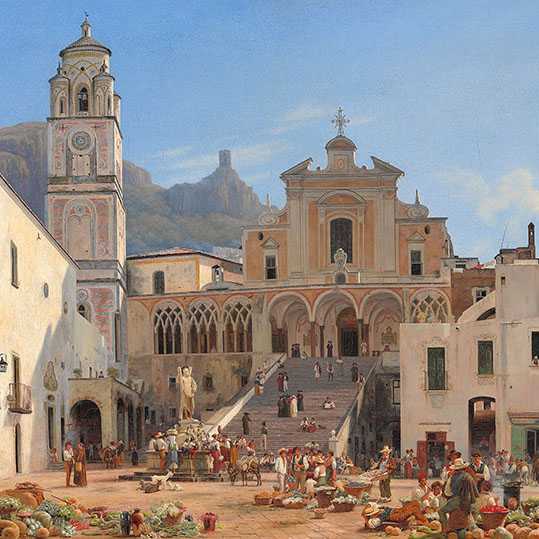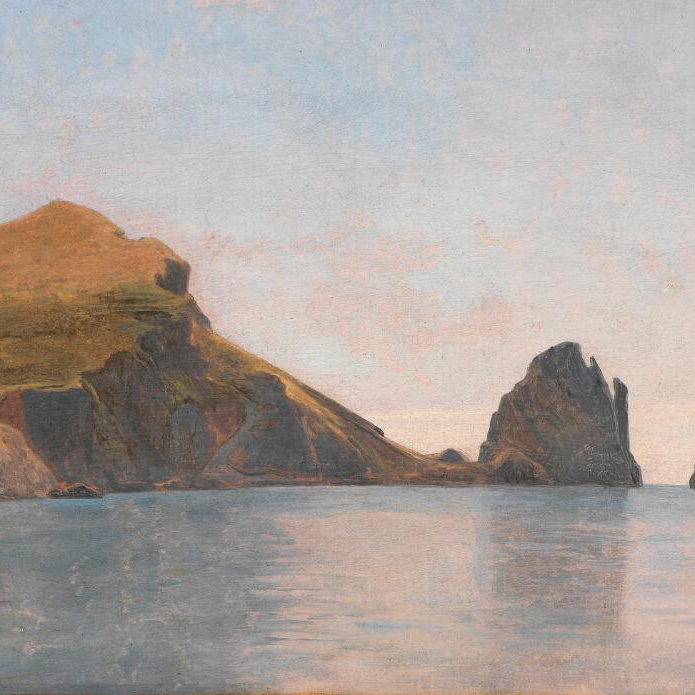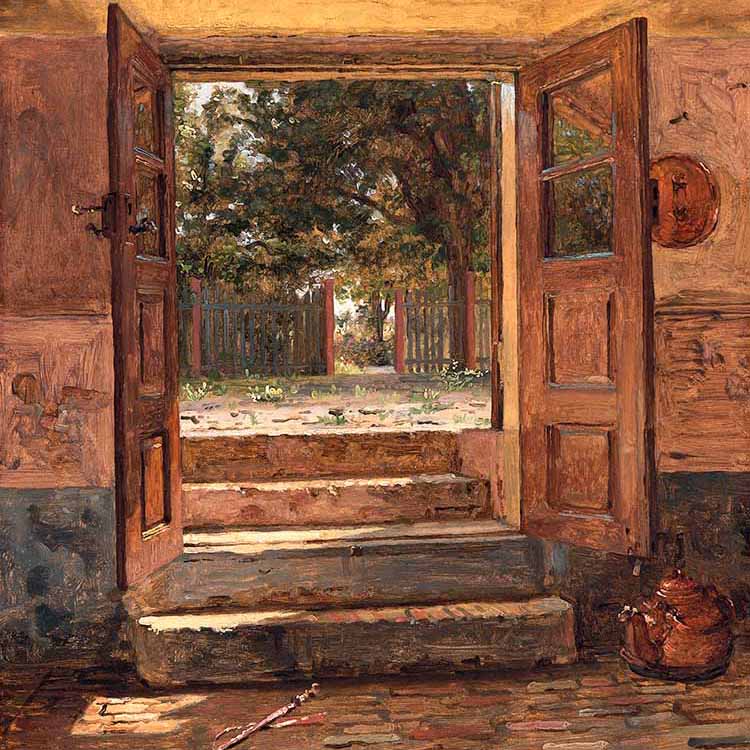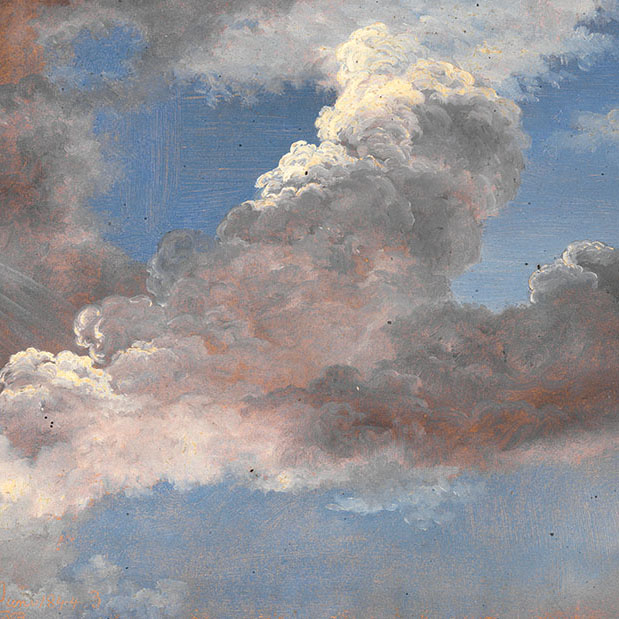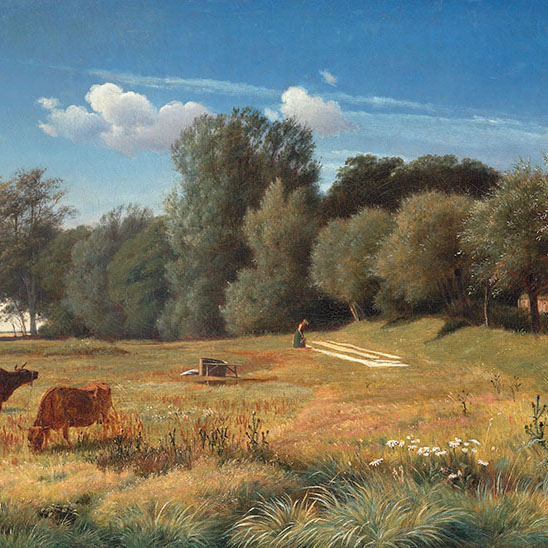Items for sale
C. W. Eckersberg
-
 2448/150Aarhus
2448/150AarhusC. W. Eckersberg: The Monastery of San Lorenzo Fuori le mura. Unsigned. Oil on canvas laid on cardboard. 20 x 23 cm.
Selling
Estimate :
2,000–3,000 DKK Next bid:
-
 924/14Lyngby
924/14LyngbyC. W. Eckersberg: View by the Rhine. Signed and dated E. 1810. Oil on canvas. 47 x 59 cm.
Selling
Estimate :
400,000–500,000 DKK -
 924/26Lyngby
924/26LyngbyC. W. Eckersberg: View to the South from the road of Elsinore. Signed and dated. Oil on canvas. 56 x 87 cm. Period frame.
Selling
Estimate :
2,000,000–3,000,000 DKK -
 924/27Lyngby
924/27LyngbyC. W. Eckersberg: Stained and lacquer dinghy wood ship's model. C. 1830.
Selling
Estimate :
50,000–75,000 DKK
Martinus Rørbye
-
 924/9Lyngby
924/9LyngbyMartinus Rørbye: View from a loggia in Amalfi. Dated 1835. Unsigned. Oil on paper. 35 x 50 cm.
Selling
Estimate :
800,000–1,000,000 DKK -
 924/25Lyngby
924/25LyngbyMartinus Rørbye: Three fishermen in moonlight. Ca. 1828. Unsigned. Oil on canvas laid on canvas. 19 x 15 cm.
Selling
Estimate :
100,000–150,000 DKK
Johan Thomas Lundbye
-
 924/10Lyngby
924/10LyngbyJohan Thomas Lundbye: The Mill hill at Kalundborg. Signed and dated 47. Oil on canvas. 37 x 55 cm.
Selling
Estimate :
600,000–800,000 DKK -
 924/11Lyngby
924/11LyngbyJohan Thomas Lundbye: Cows on a field. Rainy day. Signed with monogram and dated 47. Oil on canvas. 41 x 53 cm.
Selling
Estimate :
75,000–100,000 DKK -
 924/13Lyngby
924/13LyngbyJohan Thomas Lundbye: Bay of Kalundborg Fjord, by the forest of Asnæs. Signed and dated. Oil on canvas. 96 x 127 cm.
Selling
Estimate :
400,000–500,000 DKK
Wilhelm Marstrand
-
 2447/339Aarhus
2447/339AarhusWilhelm Marstrand: Father with child. Unsigned. Drawing ink on paper. Sheet size 7 x 8 cm.
Selling
Estimate :
2,000 DKK Next bid:
-
 924/12Lyngby
924/12LyngbyWilhelm Marstrand: A goatherd selling milk. Signed and dated. Oil on canvas. 67 x 74 cm.
Selling
Estimate :
100,000–150,000 DKK -
 924/18Lyngby
924/18LyngbyWilhelm Marstrand: Portrait of Augusta Marie Hall. Signed and dated. Coal and white chalk on paper. 61 x 48 cm.
Selling
Estimate :
20,000–25,000 DKK -
 924/24Lyngby
924/24LyngbyWilhelm Marstrand: View from a window in Eckersberg's studio. C. 1829. Unsigned. Oil on canvas. 31 × 23 cm.
Selling
Estimate :
600,000–800,000 DKK
P. C. Skovgaard
C. A. Jensen
-
 924/16Lyngby
924/16LyngbyC. A. Jensen: The composer, Professor Weyse (1774-1842). Signed and dated 1835. Oil on canvas. 26.5 x 22 cm.
Selling
Estimate :
30,000–40,000 DKK -
 924/17Lyngby
924/17LyngbyC. A. Jensen: Portrait of countess Frederikke Marie Danneskiold Samsøe. Signed and dated. Oil on canvas. 24 x 19.5 cm.
Selling
Estimate :
25,000–30,000 DKK
